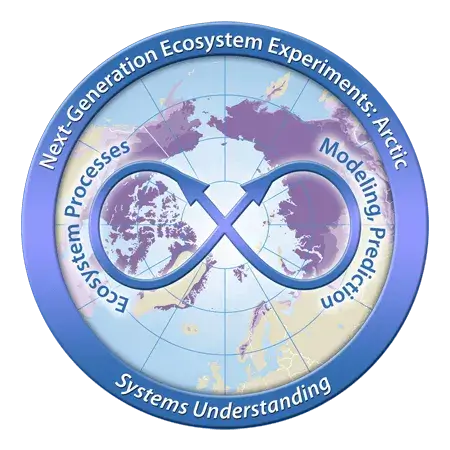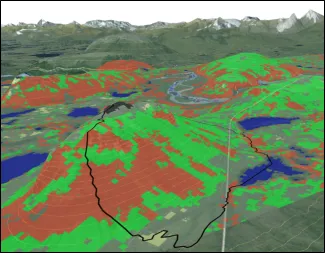Mapping Vegetation Communities using Convolutional Neural Networks
Date Published
Artificial intelligence applied to multiple remote sensing datasets accurately represents shrub distribution across hillslopes at the Kougarok field site.
Objective
- Develop a deep learning approach (convolutional neural network) capable of generating vegetation maps for the Seward Peninsula in western Alaska.
New Science
- Unique training dataset was collected at 30 field plots and the resulting vegetation products evaluated against them for accuracy.
- Fusion of hyperspectral, multispectral, and terrain datasets was performed over a 343 km2 region.
- High-resolution (5 m) vegetation classification map was generated.
Impact
- Produced one of the most accurate, high resolution, field-validated vegetation maps for tundra ecosystems.
- Using map now to benchmark field predictions of plant distribution and dynamics across changing Arctic landscapes.
Citation(s)
Text
Langford, Z, J Kumar, F Hoffman, A Breen, and C Iversen. 2019. Arctic vegetation mapping using unsupervised training datasets and convolutional neural networks. Remote Sensing 11:69. https://doi.org/10.3390/rs11010069
Funding
This research was supported by the Director, Office of Science, Office of Biological and Environmental Research of the US Department of Energy under Contract No. DE-AC02-05CH11231 as part of the Next-Generation Ecosystem Experiments (NGEE Arctic) project.
For more information, please contact:
Zachary Langford
langfordzl@ornl.gov

